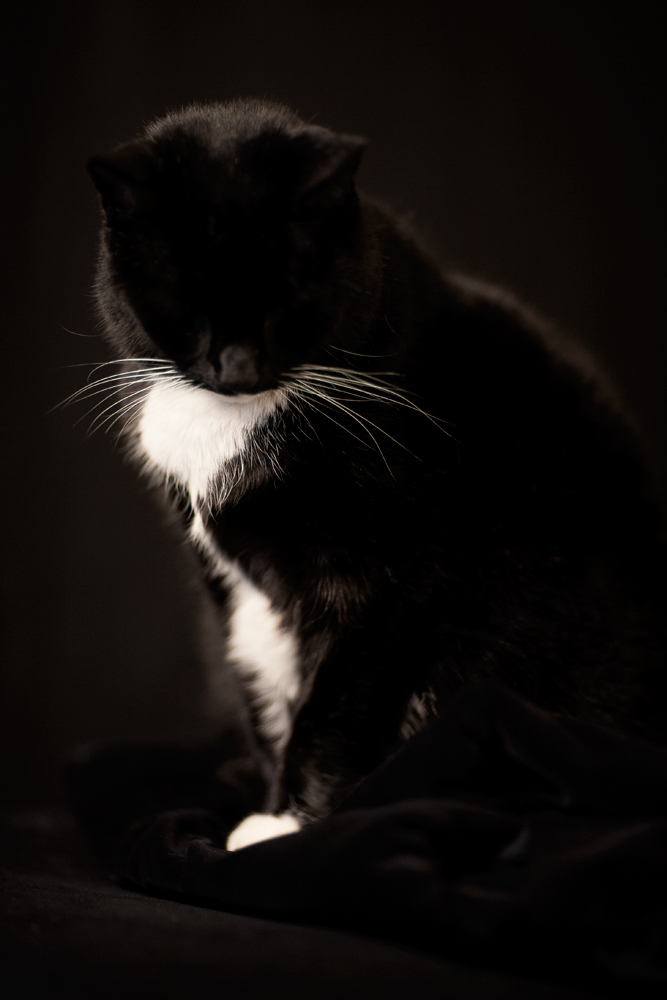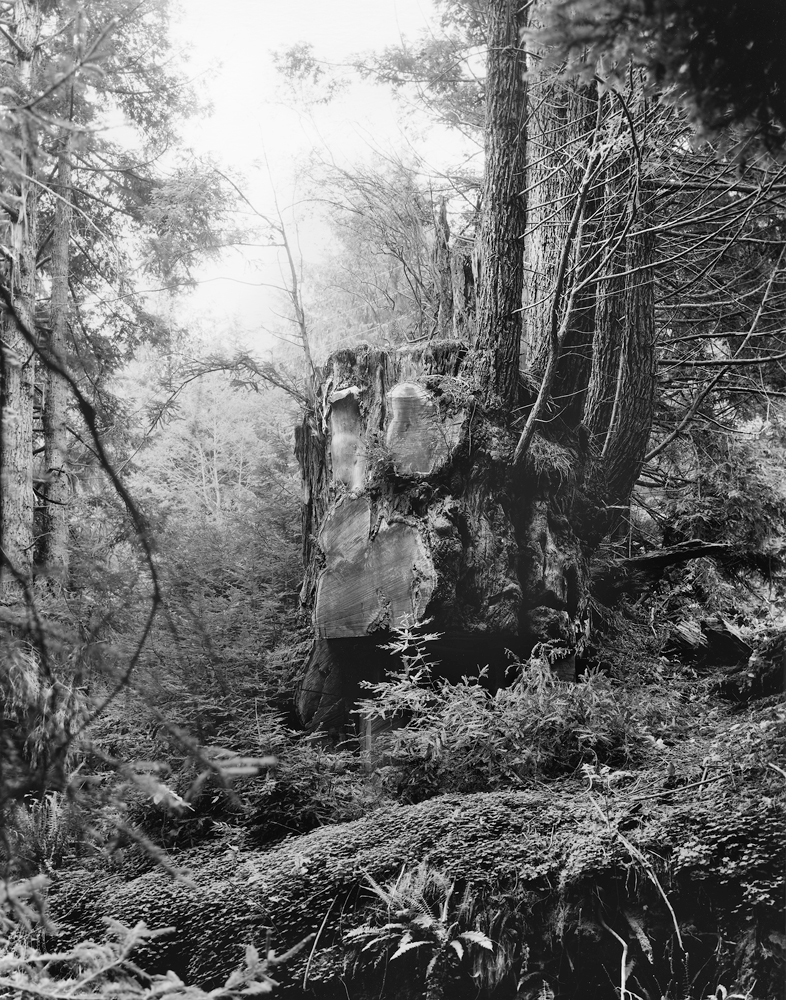Kirk Crippens & Gretchen LeMaistre
Live Burls
26 May – 15 September 2018
 In 2013, an alarming number of redwood trees in America’s national and state parks were shorn of their knobby protrusions, called burls. The trees were disfigured by thieves aiming to sell distinctive burl wood to luxury furniture retailers. Kirk Crippens and Gretchen LeMaistre read about these trees in the news and were motivated to go and see them. Rangers from the Redwood National and State Parks assisted the two artists in accessing and photographing each site. Between 2013 and 2016, they made many visits to the redwood forests of Humboldt County, California.
In 2013, an alarming number of redwood trees in America’s national and state parks were shorn of their knobby protrusions, called burls. The trees were disfigured by thieves aiming to sell distinctive burl wood to luxury furniture retailers. Kirk Crippens and Gretchen LeMaistre read about these trees in the news and were motivated to go and see them. Rangers from the Redwood National and State Parks assisted the two artists in accessing and photographing each site. Between 2013 and 2016, they made many visits to the redwood forests of Humboldt County, California.
While redwood trees are sensational for their size, their burls are unique for less obvious reasons. Redwood burls contain stem cells that enable the trees to clone themselves. In a sense, a redwood tree may never truly die because the burls’ genetic codes maintain cycles of reproduction dating back nearly two hundred million years, to when the species began. Only one percent of redwood seeds become trees; burls generate the majority of trees. Redwoods and their cousin sequoias sometimes exist for as long as three thousand years. For these reasons, they were given the species name sempervirens, or “ever-living.” Steinbeck once referred to them as “ambassadors of another time.”
Yet even the protected trees are subject to threat. Shorn trees are more vulnerable to disease, and their ability to reproduce is uncertain. Decades may pass before the full extent of poaching damage can be assessed.
The horrifying way people can crush valuable natural and cultural history for money is masterfully shown by Kirk Crippens and Gretchen LeMaistre. The way they meticulously photograph these dying giants sends shivers down my spine. The beauty of their images and the superb silver gelatin prints they produce make it even harder. But it is exactly this combination of pure photographic craftsmanship with a subject of grave importance that gave me no choice but to immediately embrace the work. For me, this is exactly what photography should be about.
– Maarten Schilt, as published in the 2018 FotoFest Biennial Catalogue


